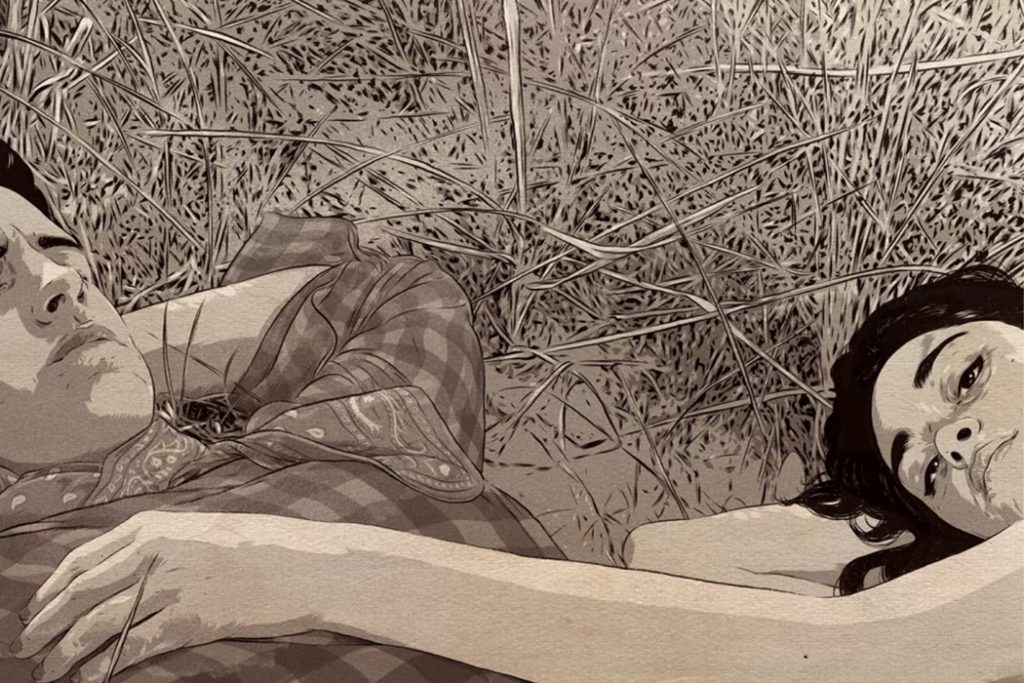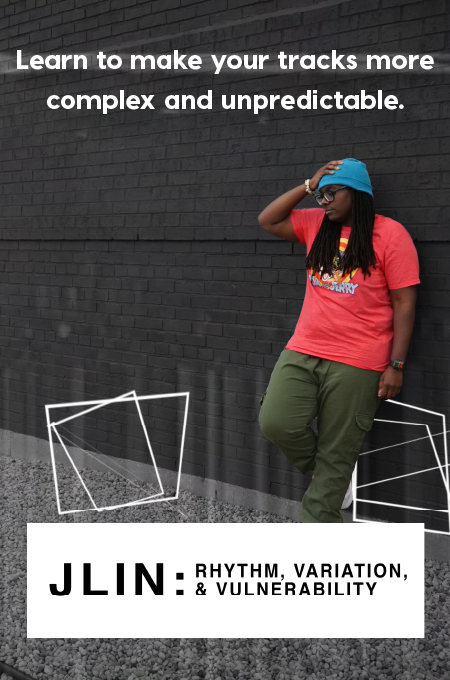+ Learn to craft more compelling beats and warped, broken rhythms with Son Lux’s Ian Chang. His innovative course is out now on Soundfly.
I’m not going to leave you in suspense. Yes, you can make electronic folk music, and some people like to call it folktronica.
Although I’m not too sure the genre ever really “caught on,” like in a fad sense, just take a look at some of the stalwart pioneers of this sound to get a sense of its variety of possibilities. Artists like Tunng, Psapp, Helios, Silje Nes, High Places, Haruka Nakamura, Colleen, Mice Parade, Coco Rosie, Shugo Tokumaru, Juana Molina, and Beth Orton have all been considered folktronica at some point, if not throughout their careers.
As the name suggests, the genre makes an effort to blend two very distinct, disparate forms of music making and two totally different sonic palettes: acoustic instruments and traditional song forms with electronic, synthetic elements. The issue isn’t that it’s so complicated to blend these two things at all; it’s how you blend them together so equally that it is its own sound entirely.
A little bit of synthesizer on an acoustic ballad? That’s still a folk song. A little bit of acoustic guitar sampled in an 808 beat? That’s still electronic music.
How can you weave everything together fluidly and organically so as to be able to call it folktronica? Let’s explore.
Embrace contrasting musical ideas.
Composers and songwriters have been embracing contrasts in music for a long, long time. Miles Davis’s genre-bending rock-fusion experimentations are a great example, but new musical territory has been staked by blending different genres for as long as music has been around. Early jazz was of course born out of a mixture of African rhythm traditions and a European approach to tonal harmony, and classical composers such as Igor Stravinsky have often relied on structures found in folk music to give form to their music, and a language through which to speak.
These are shining examples of when combining different genres worked well in music, but we never talk about when it just doesn’t work. The albums no one’s ever heard of and the crumpled up sheet music composers have tossed in the trash represent the failed explorations of genre blending. What makes one experiment succeed and another fail? Perhaps bringing to your music a distinct sense of each genre you’re looking to combine, and the confidence to believe in the result.
One of my favorite examples is Tunng. Their unflinching persistence to create their own musical form, entirely out of the familiar acoustic forms of folk and the heavy use of electronic sound design, is pure innovation at play.
While your blend of acoustic and electronic elements must feel organic, it’s important to note that the result can be as subtle as you want it to be. Feel free to borrow sounds from each genre, like vocal samples and drum machine beats, and apply them to your song in whatever dose fits the mood. There’s no single formula here to rely on, but that goes for writing in any genre of music.
Find similarities between two disparate sounds.
Electronic folk music is unique because it’s sort of like building a structure from wood and plastic. Both materials seem to be at odds with each other, the organic and the synthetic. But in these extremes, there exists a ton of similar timbres, registers, and resonance. Explore these elements in your production techniques in a way that unearths their similarities. For example: leave your vocals untreated, but have your instruments exist in another reverb and delay space entirely. Or only use acoustic instrumentation processed with electronics, rather than add anything synthesized.
While there are certainly examples to the contrary, folk music typically takes a more minimal approach to production. Electronic music, on the other hand, is a different ball game. It embraces an indulgence represented by extremes in volumes, tempos, instrumentation, and themes. While folk music is made and enjoyed in quiet spaces, electronic music lives in big sound systems and wide frequency ranges.
Listen to how Message To Bears makes these two ends meet in his music.
Because electronic music is often made with computers, it’s all too easy for your work to sound inhuman. The more elements you can borrow from folk — group singing, traditional lyrical content, well-resolved chord progressions, etc. — the more you can bring the human element back in.
Lean into song form.
If you take a good look at most electronic folk music being made, a lot of it favors the folkier side of things. Everything from chord progressions being presented with acoustic guitars to the conventional song structures found in this new genre seems to gravitate around folk. Adding electronic elements to elevate your song to another level of fidelity, or to creative emotive textures through sound design while keeping the traditional song form intact, can yield exciting results.
Argentinian singer-songwriter Juana Molina often borrows from traditional South American folk rhythms and progressions to make her unique blend of electronic pop and folk music.
Like I mentioned before, there’s no formula here to lock into, but I will say that no amount of production magic can make a bad musical idea compelling. A solid idea and character has to be at the heart of a great electronic folk song, even if it’s buried under layers of electronic production — or piled on top of it!
Try things out. Honor your musical intuition and be prepared to fail. If you find that something you believe in falls flat, figure out why and let your findings inform how you write in the future, because the seed of that idea is probably valid.
Don’t stop here!
Continue learning with hundreds of lessons on songwriting, mixing, recording and production, composing, beat making, and more on Soundfly, with artist-led courses by Ryan Lott, Com Truise, Jlin, Kiefer, RJD2, and Kimbra: Vocal Creativity, Arranging, & Production.




